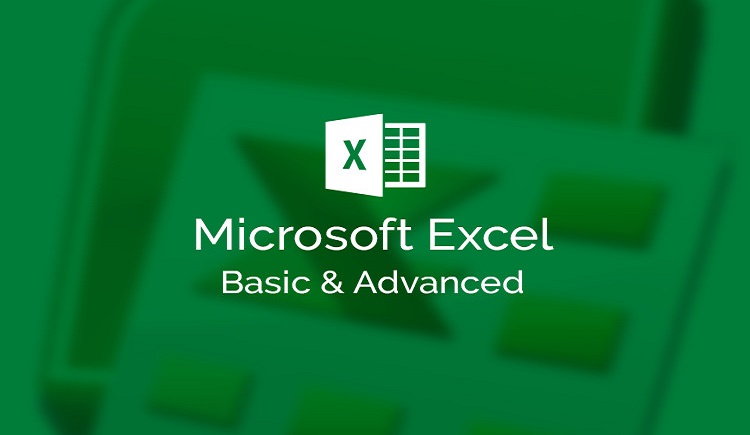Description
Introduction of Nuix Adaptive Security
This training program focuses on Nuix Adaptive Security, a crucial component for organizations striving to ensure compliance and enhance security in their data management processes. As the volume and complexity of data continue to grow, so do the risks associated with data breaches and non-compliance. Participants will explore how Nuix Adaptive Security helps organizations protect sensitive information while maintaining compliance with legal and regulatory requirements. The course will cover adaptive security measures, compliance frameworks, risk management strategies, and practical implementation techniques.
Learning Outcomes of Nuix Adaptive Security
- Understand the principles of adaptive security and its importance in compliance.
- Learn how to implement Nuix Adaptive Security features effectively.
- Develop strategies for managing risks and ensuring data security.
- Gain insights into compliance frameworks relevant to data management.
Prerequisites:
- Basic understanding of data security and compliance concepts.
- Familiarity with the Nuix platform and its core functionalities.
- Prior experience in data management or e-Discovery is beneficial but not required.
Table of Contents
- Introduction to Nuix Adaptive Security
1.1 Overview of Adaptive Security
1.1.1 Definition and significance of adaptive security in today’s data landscape.
1.1.2 Key differences between traditional security measures and adaptive security.
1.2 Understanding the Nuix Platform
1.2.1 Overview of Nuix’s capabilities in the context of adaptive security.
1.2.2 Introduction to the adaptive security features within Nuix.(Ref: Collaboration in Nuix: Sharing Data with Legal Teams)
1.3 Hands-On Activity: Exploring Adaptive Security Features
1.3.1 Participants will navigate the Nuix interface to familiarize themselves with security features.
- Compliance Frameworks and Regulations
2.1 Key Compliance Regulations
2.1.1 Overview of major compliance regulations (e.g., GDPR, HIPAA, CCPA) impacting data security.
2.1.2 Discussion on the implications of non-compliance for organizations.
2.2 Mapping Nuix Features to Compliance Needs
2.2.1 How Nuix Adaptive Security supports compliance with various regulations.
2.2.2 Techniques for documenting compliance efforts using Nuix.
2.3 Hands-On Activity: Compliance Mapping
2.3.1 Participants will map Nuix features to specific compliance requirements in a guided exercise.
- Risk Management Strategies
3.1 Identifying Risks in Data Management
3.1.1 Overview of common data security risks and vulnerabilities.
3.1.2 Techniques for conducting risk assessments in data environments.
3.2 Developing a Risk Management Framework
3.2.1 Establishing a framework for proactive risk management using Nuix.
3.2.2 Integrating adaptive security measures into risk management practices.
3.3 Hands-On Activity: Conducting a Risk Assessment
3.3.1 Participants will perform a mock risk assessment using a provided case study.
- Implementing Adaptive Security Measures
4.1 Configuring Adaptive Security in Nuix
4.1.1 Step-by-step guide to setting up adaptive security features in Nuix.
4.1.2 Understanding user roles, permissions, and access controls.
4.2 Monitoring and Responding to Security Events
4.2.1 Techniques for monitoring data security events and anomalies.
4.2.2 Developing an incident response plan using Nuix capabilities.
4.3 Hands-On Activity: Configuring Security Settings
4.3.1 Participants will configure adaptive security settings in a lab environment.
- Data Protection and Encryption Techniques
5.1 Understanding Data Encryption
5.1.1 Overview of encryption methods and their importance in data security.
5.1.2 Discussion on key management and its role in protecting sensitive data.
5.2 Implementing Encryption in Nuix
5.2.1 Steps to enable encryption for data at rest and in transit using Nuix.
5.2.2 Best practices for managing encrypted data within the Nuix platform.
5.3 Hands-On Activity: Setting Up Encryption
5.3.1 Participants will implement encryption settings for sample data in Nuix.
- Auditing and Reporting for Compliance
6.1 Importance of Auditing in Compliance
6.1.1 Understanding the role of auditing in ensuring compliance and security.
6.1.2 Key audit trails and logging features in Nuix.
6.2 Generating Compliance Reports
6.2.1 Techniques for creating reports that demonstrate compliance efforts.
6.2.2 Utilizing Nuix’s reporting tools for audit and compliance documentation.
6.3 Hands-On Activity: Generating Audit Reports
6.3.1 Participants will create a compliance report based on provided data.
- Best Practices for Ongoing Security Management
7.1 Establishing a Security Culture
7.1.1 Importance of fostering a culture of security within organizations.
7.1.2 Training and awareness strategies for employees.
7.2 Continuous Monitoring and Improvement
7.2.1 Techniques for continuously monitoring security effectiveness.
7.2.2 Adapting security measures in response to evolving threats.
7.3 Hands-On Activity: Developing a Security Training Plan
7.3.1 Participants will develop a mock security training plan for their organization.
- Case Studies and Future Trends in Adaptive Security
8.1 Real-World Applications of Adaptive Security
8.1.1 Review of case studies highlighting successful adaptive security implementations.
8.1.2 Discussion of lessons learned and best practices from these cases.
8.2 Emerging Trends in Data Security
8.2.1 Overview of trends impacting data security and compliance (e.g., AI, automation).
8.2.2 Preparing for future challenges in adaptive security.
8.3 Closing Remarks and Q&A Session
8.3.1 Summary of key concepts covered in the training.
8.3.2 Open floor for participant questions and feedback
Conclusion
By the end of this training, participants will have a comprehensive understanding of Nuix Adaptive Security and its role in ensuring compliance and data protection. They will be equipped with practical skills to implement and manage adaptive security measures effectively within their organizations.
Reference







Reviews
There are no reviews yet.